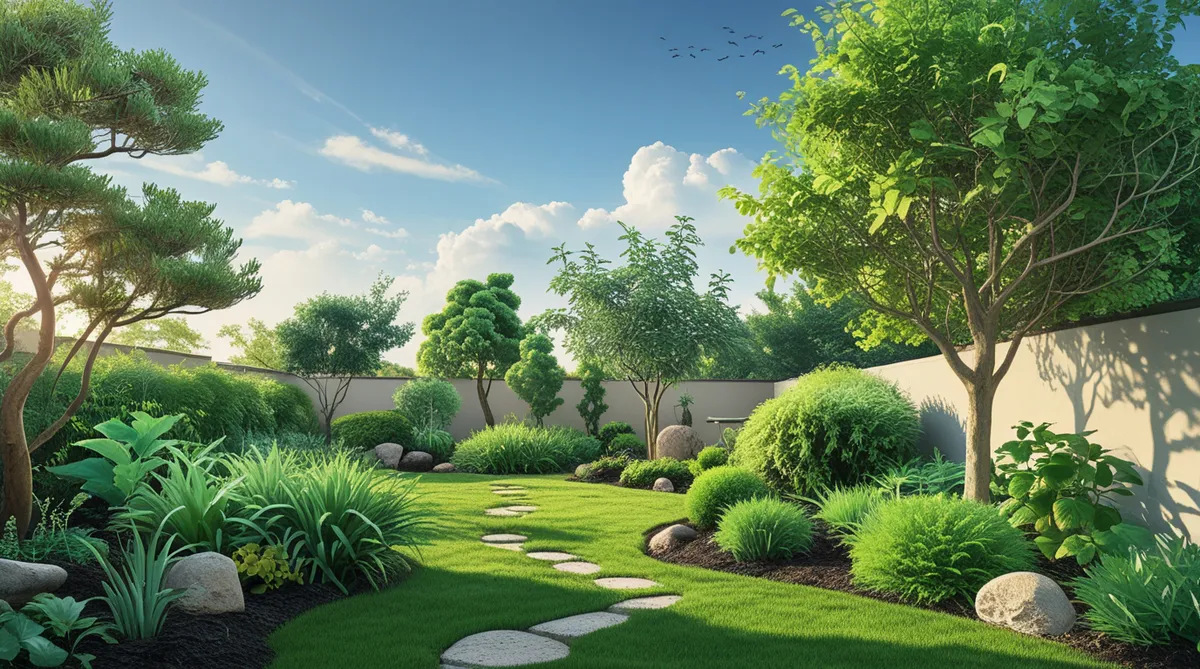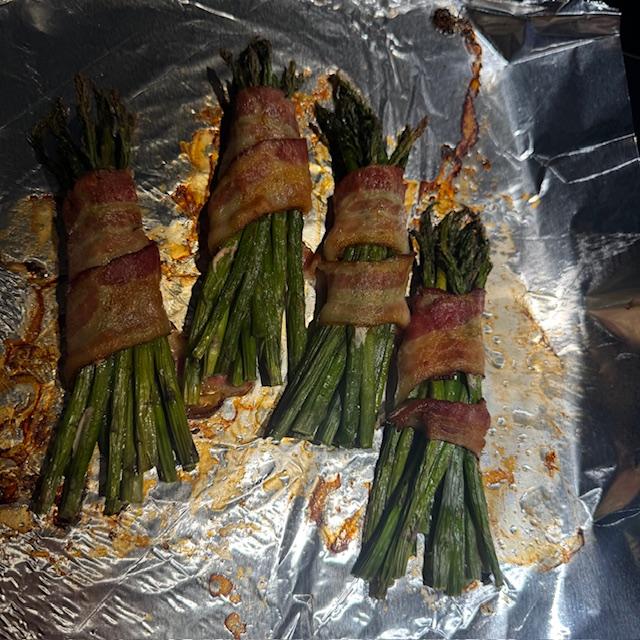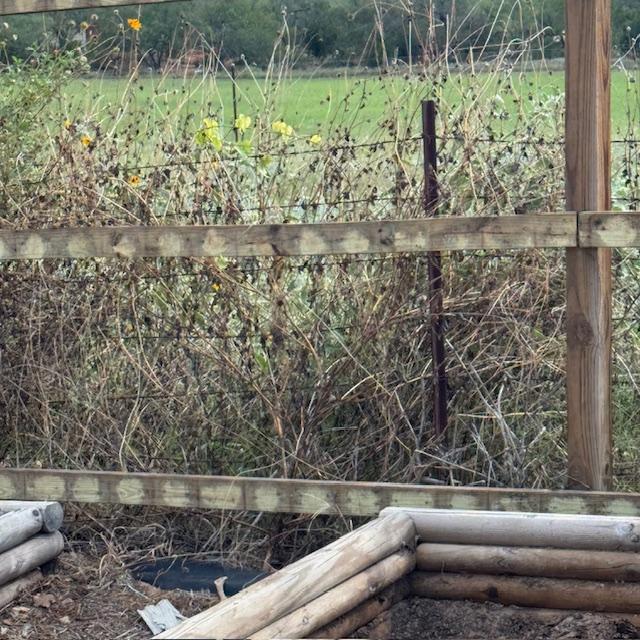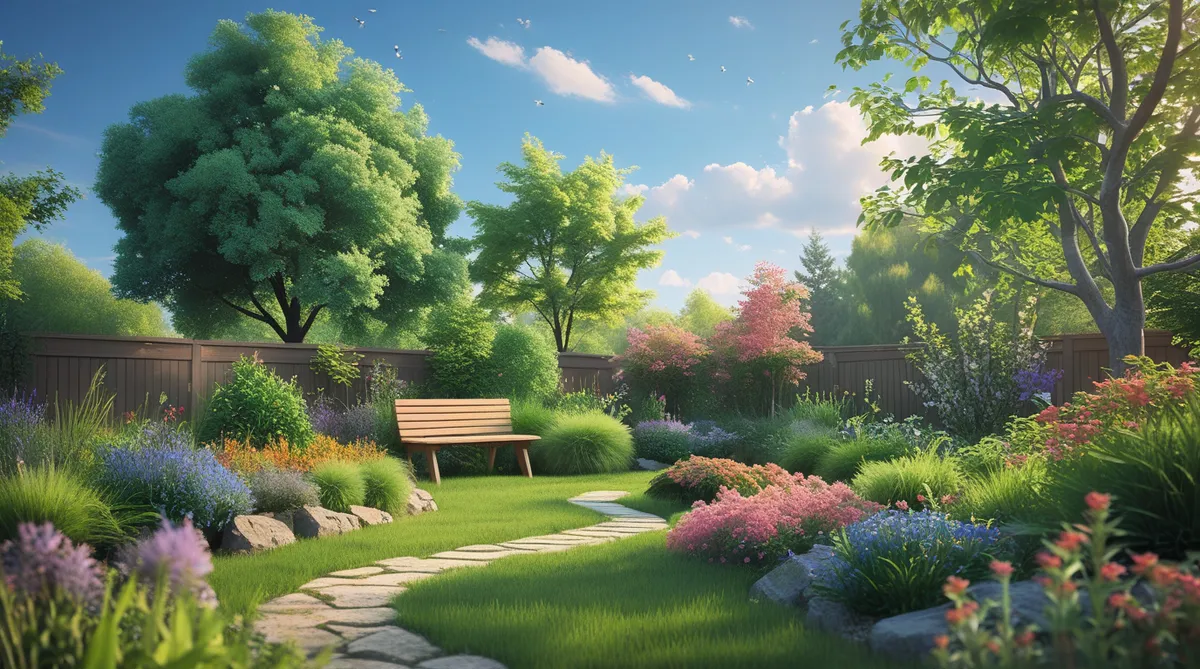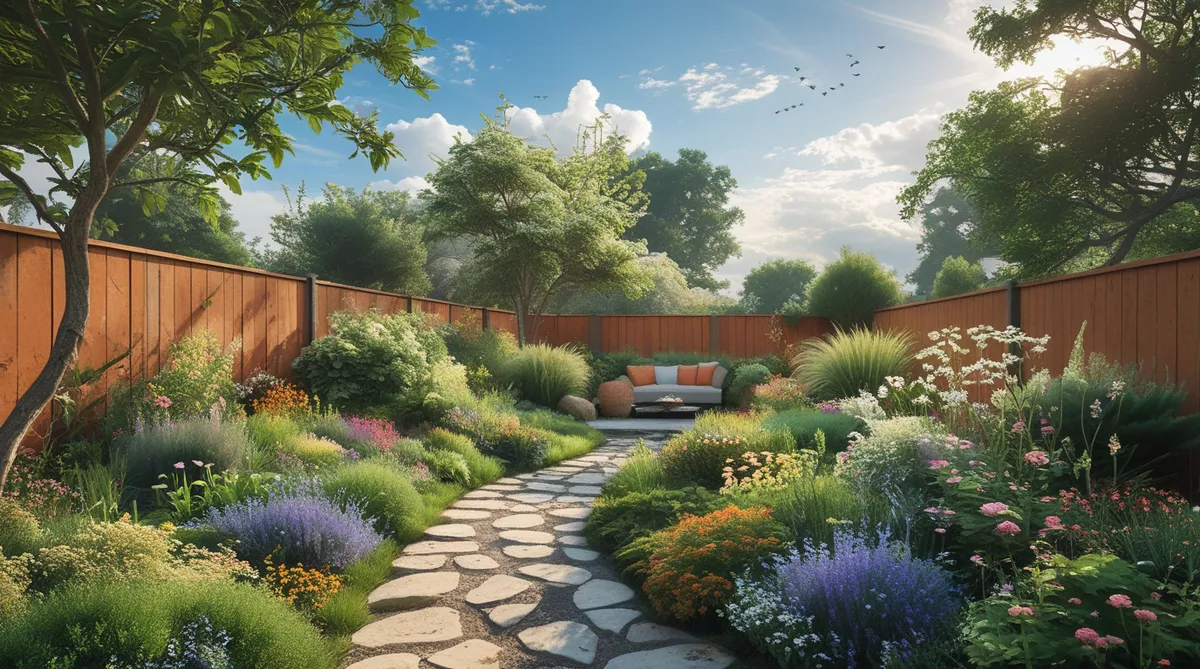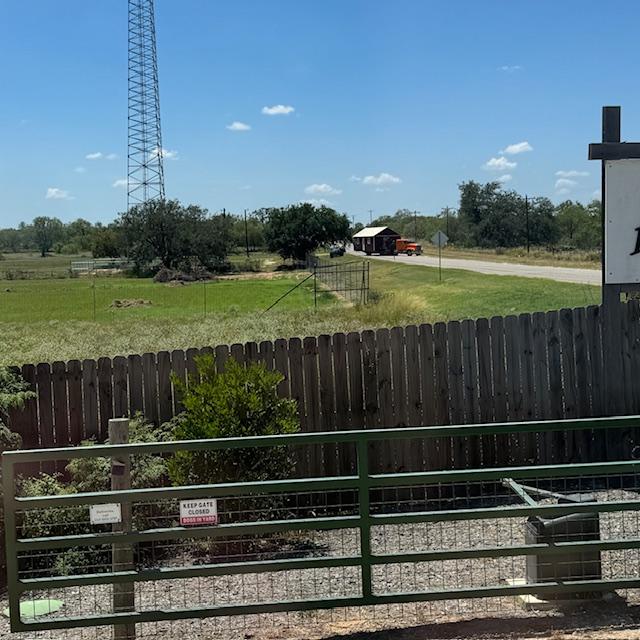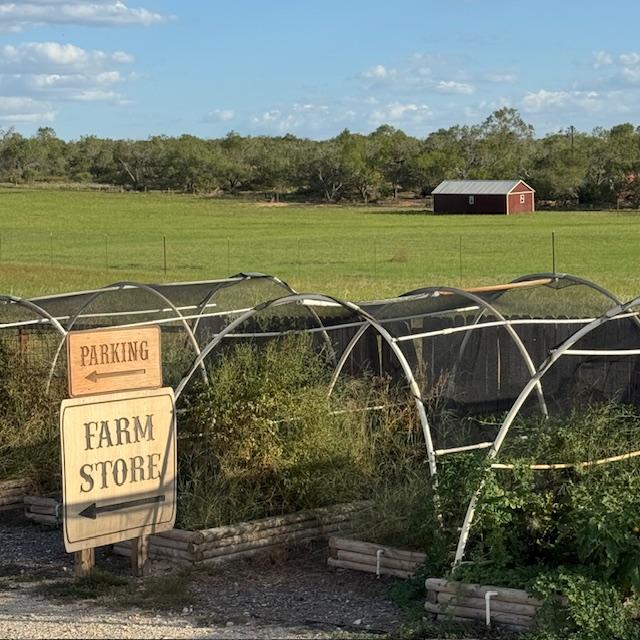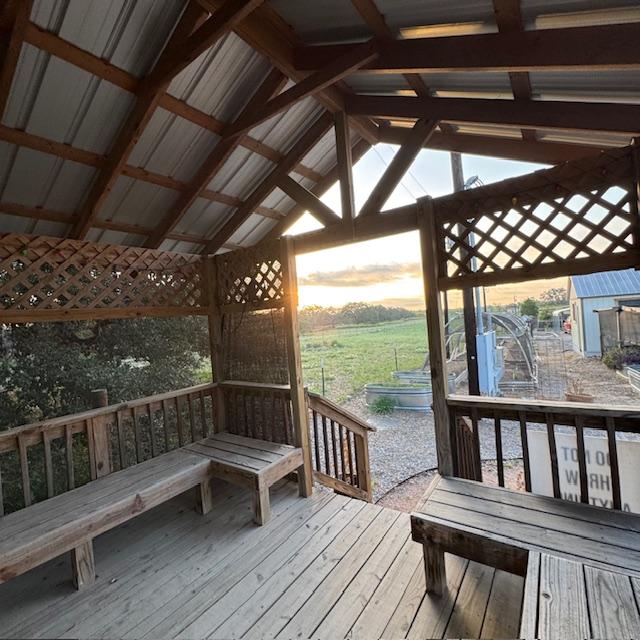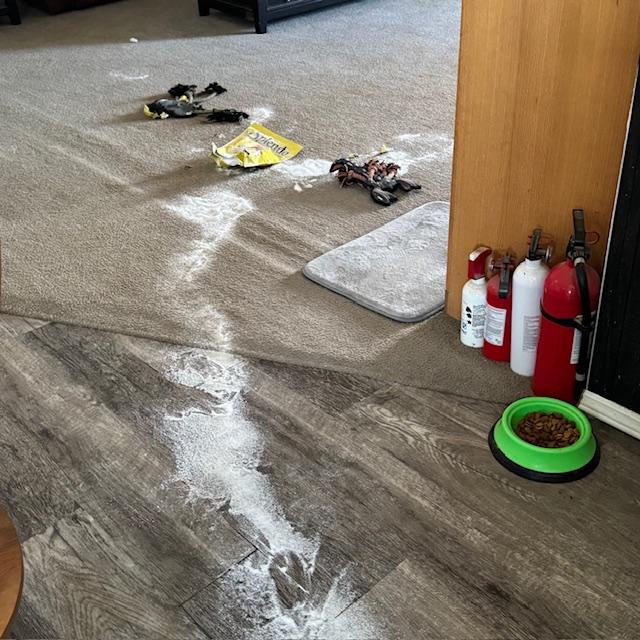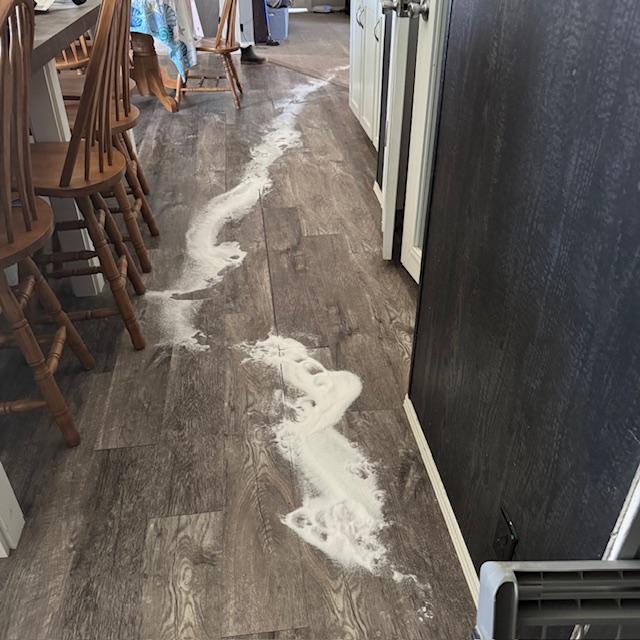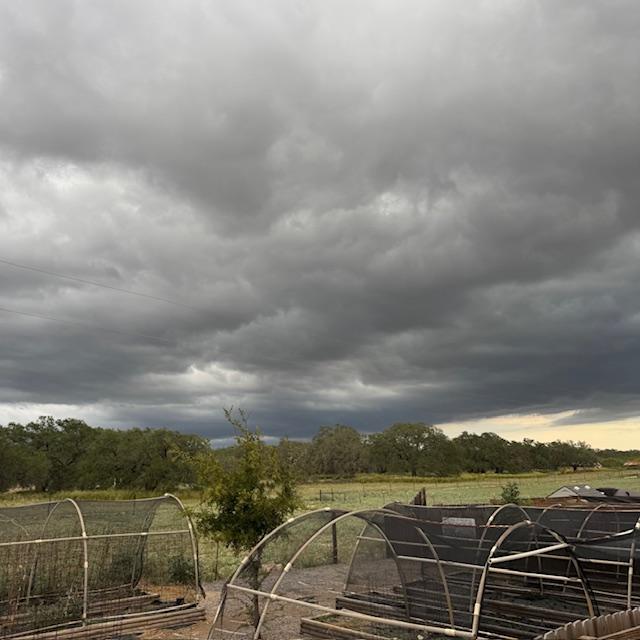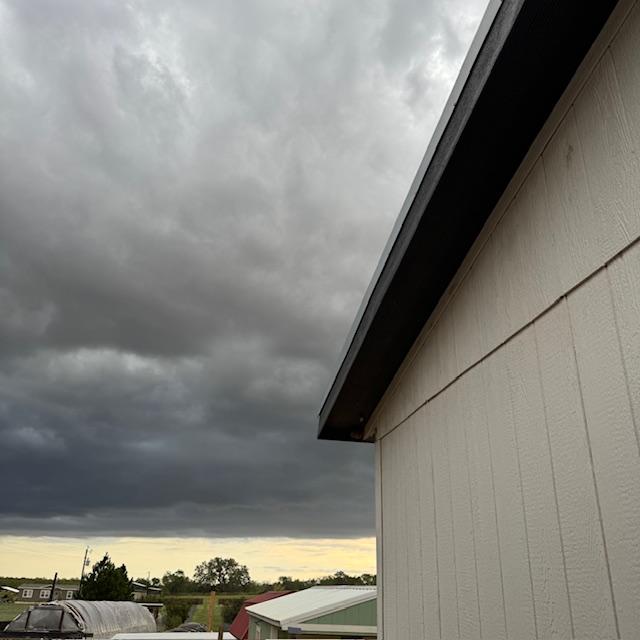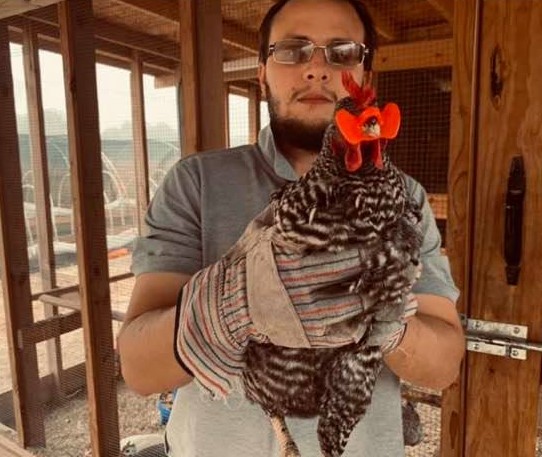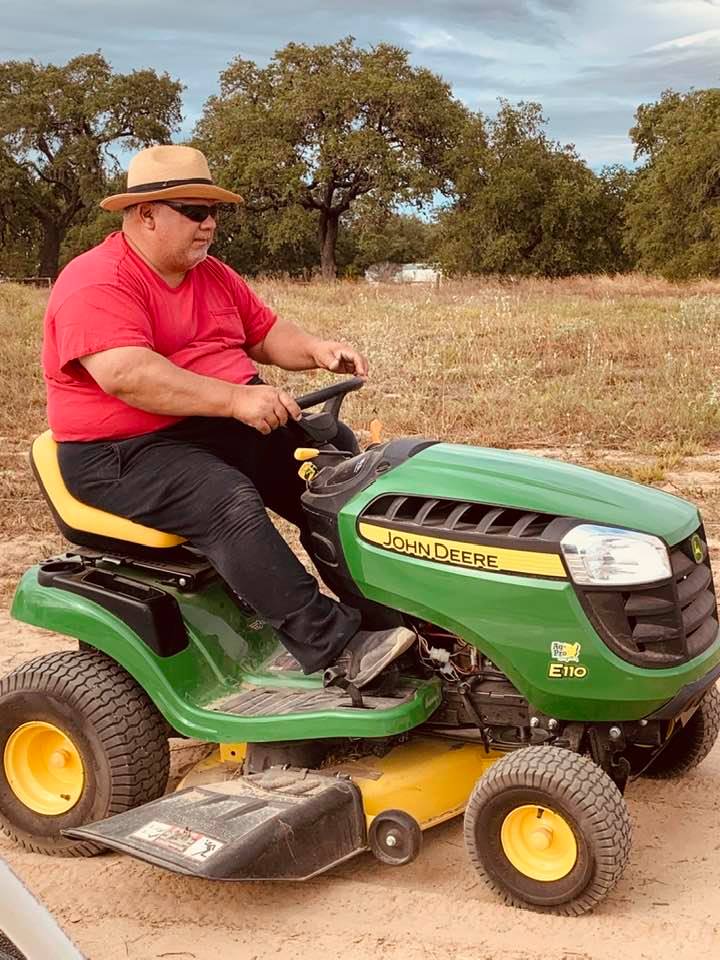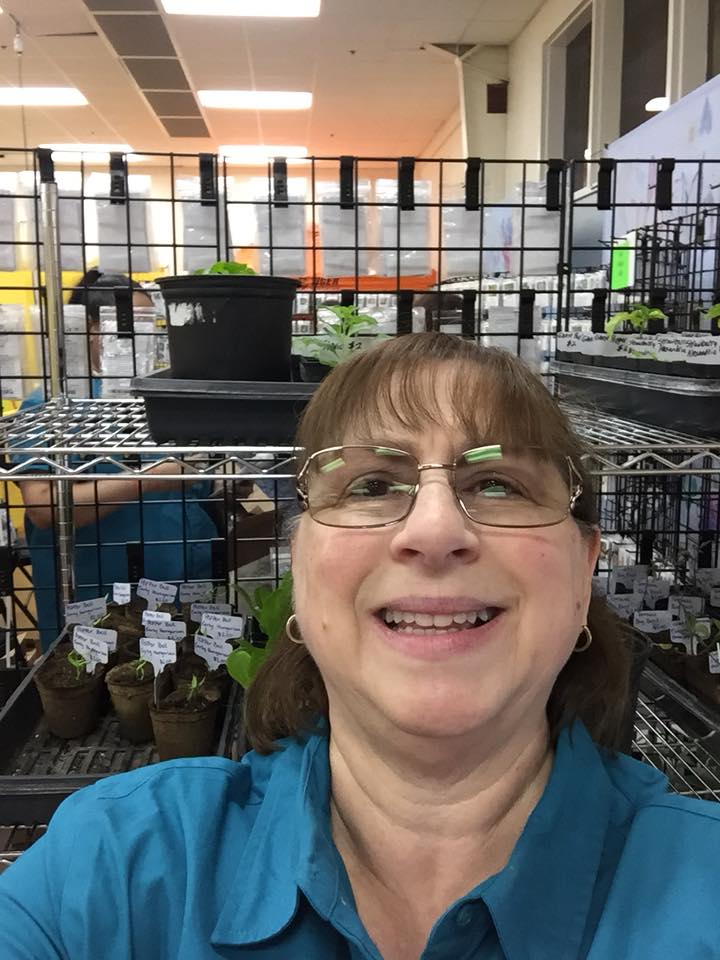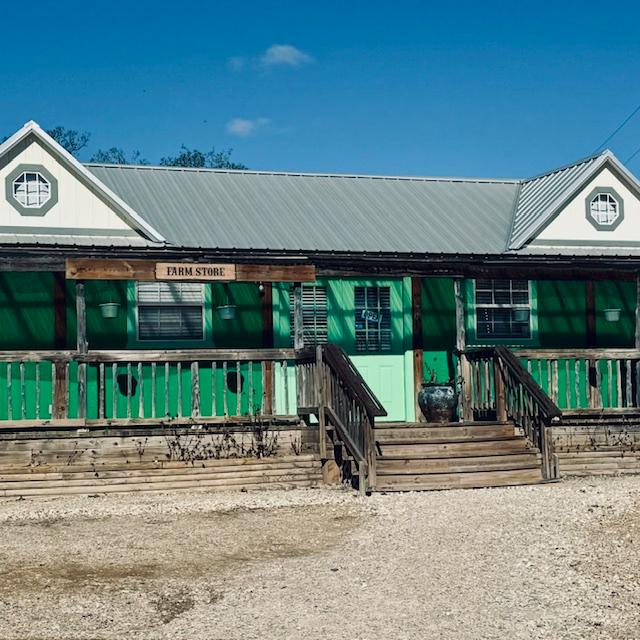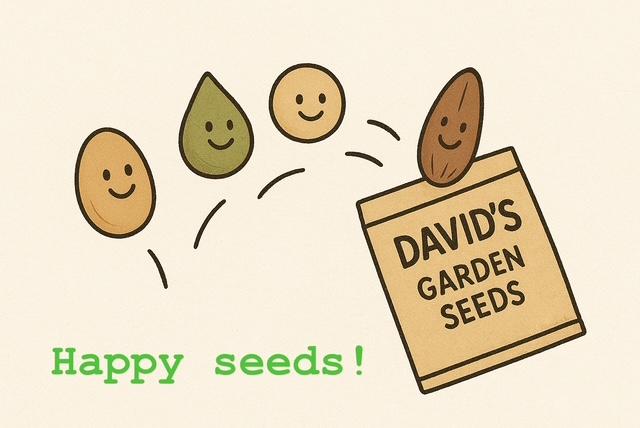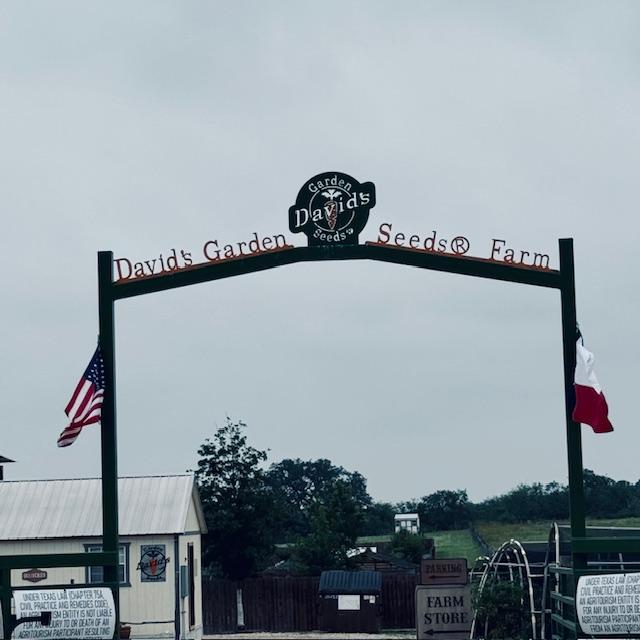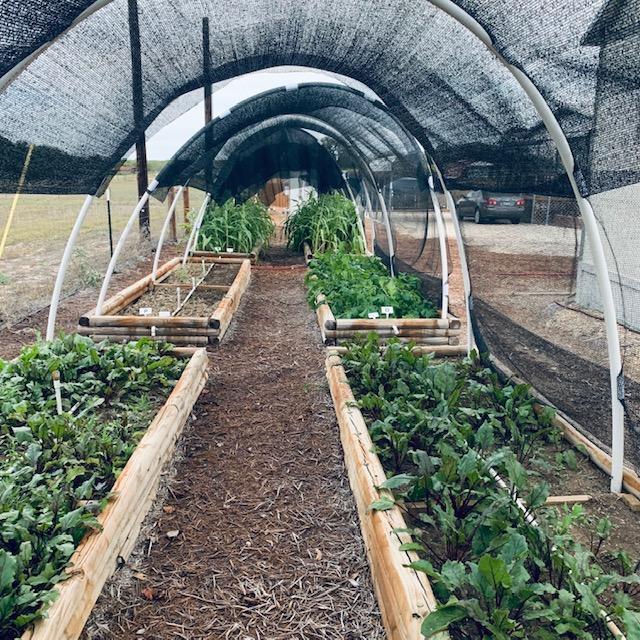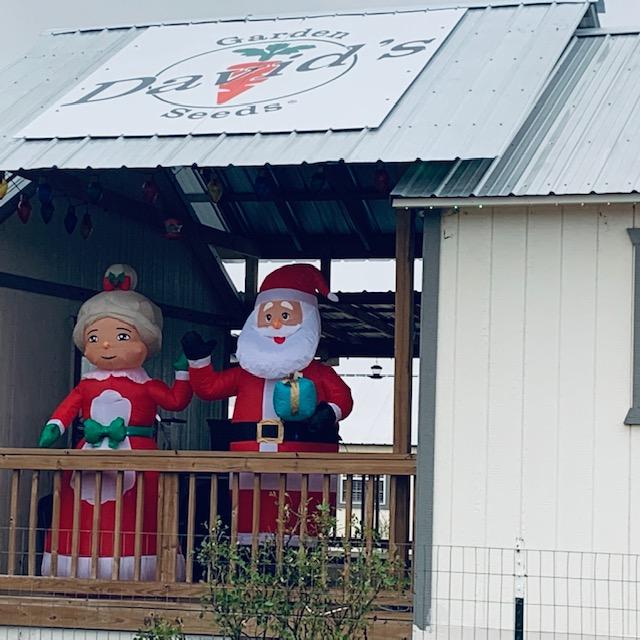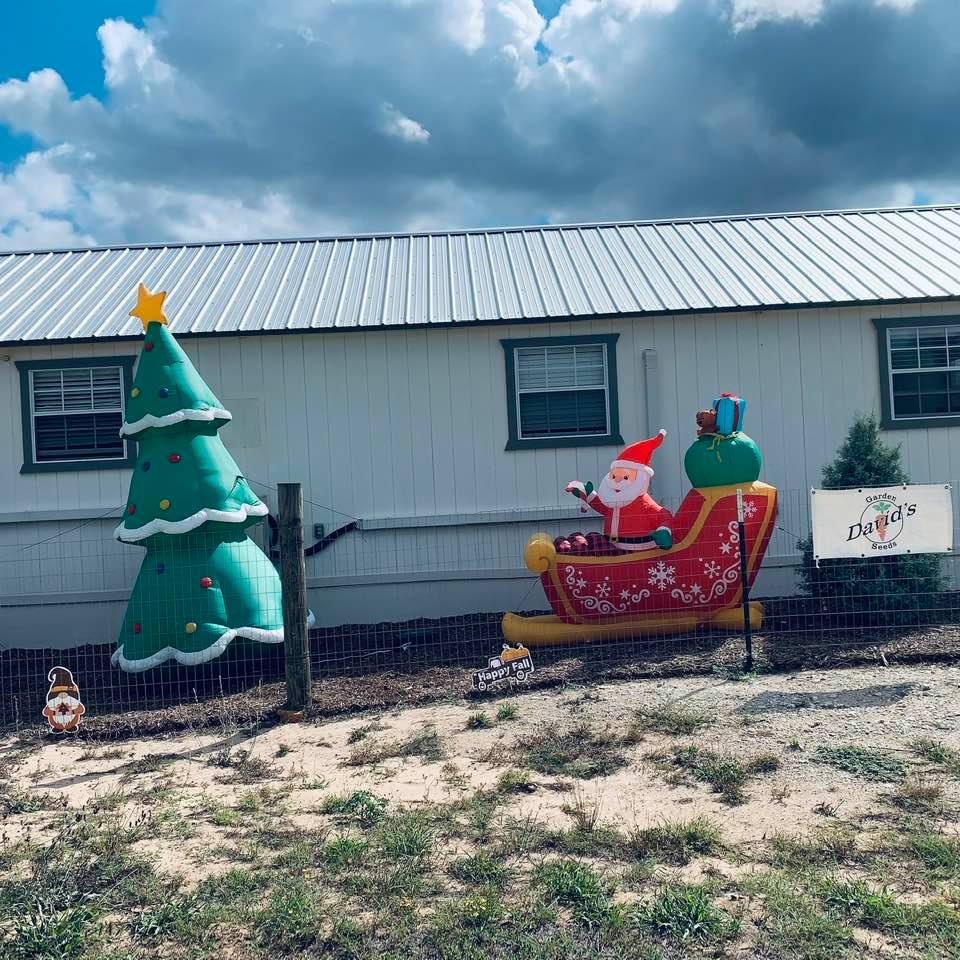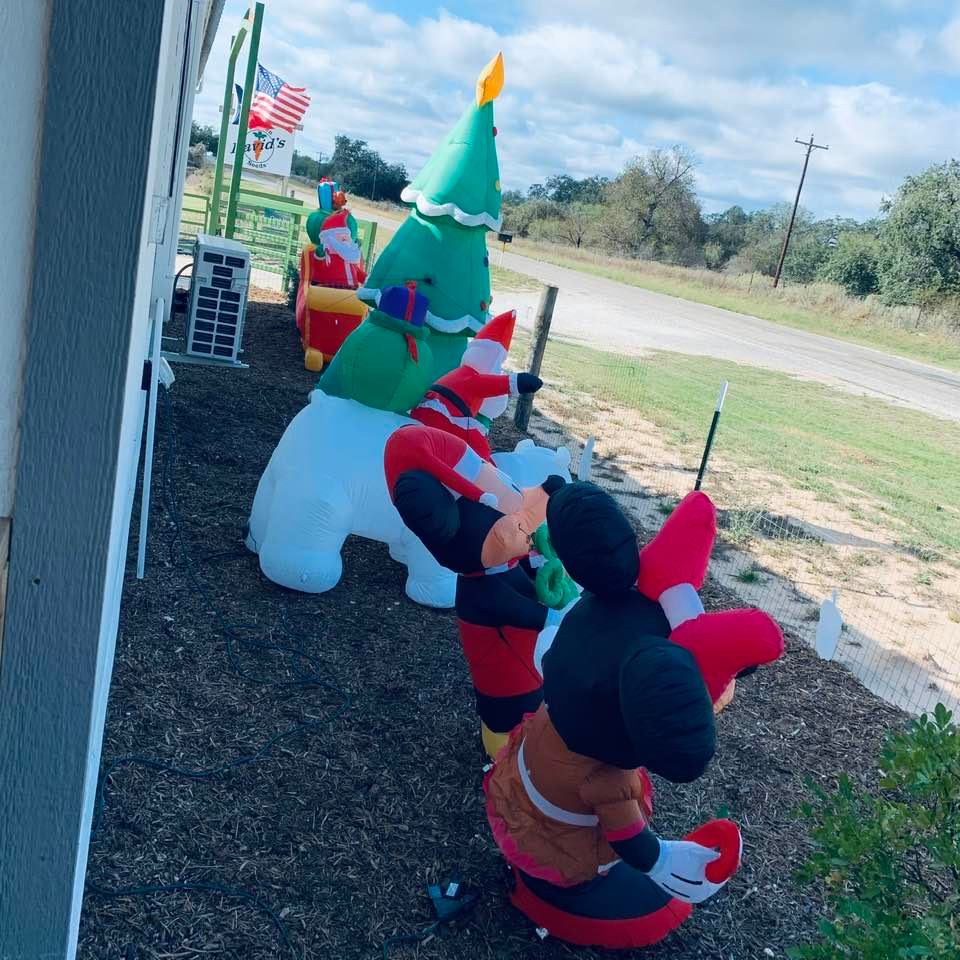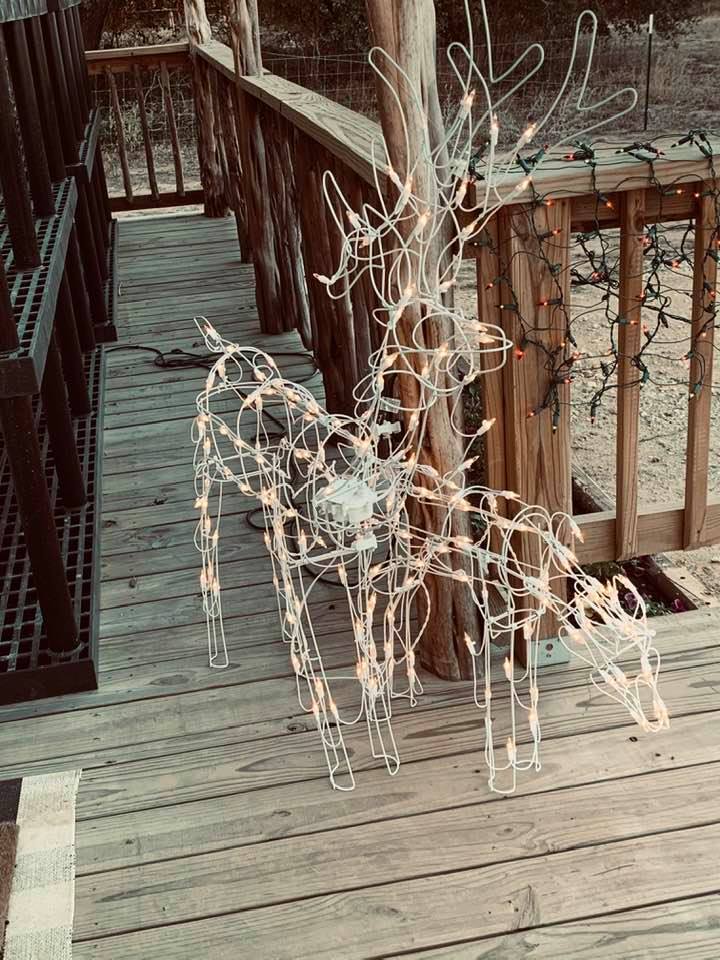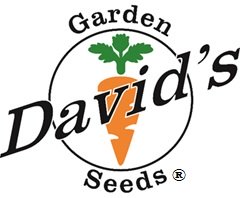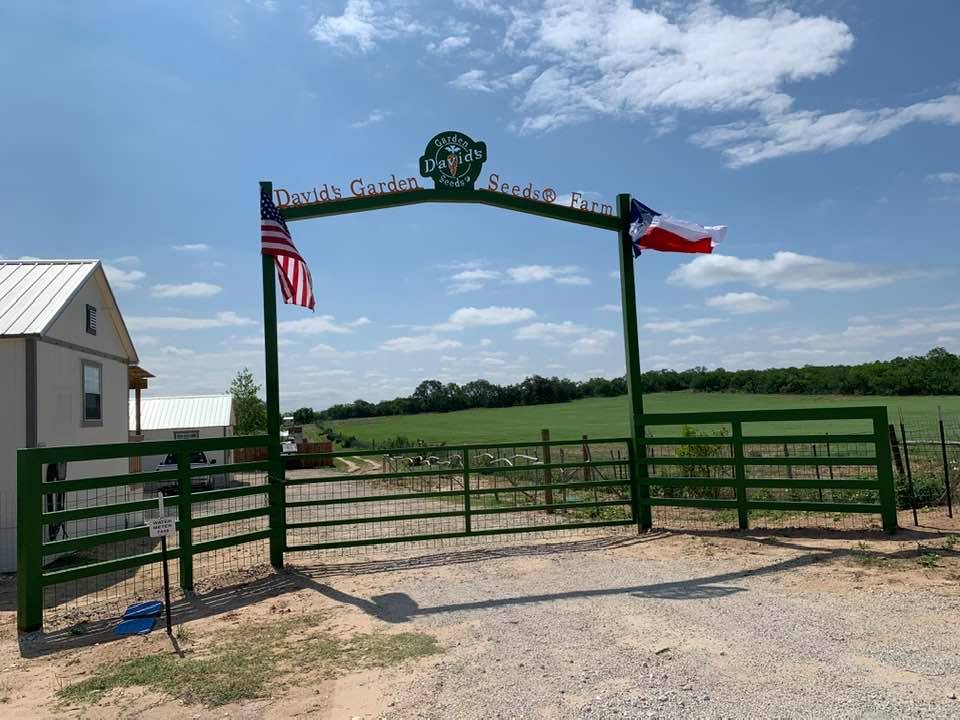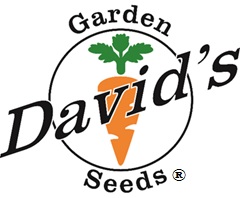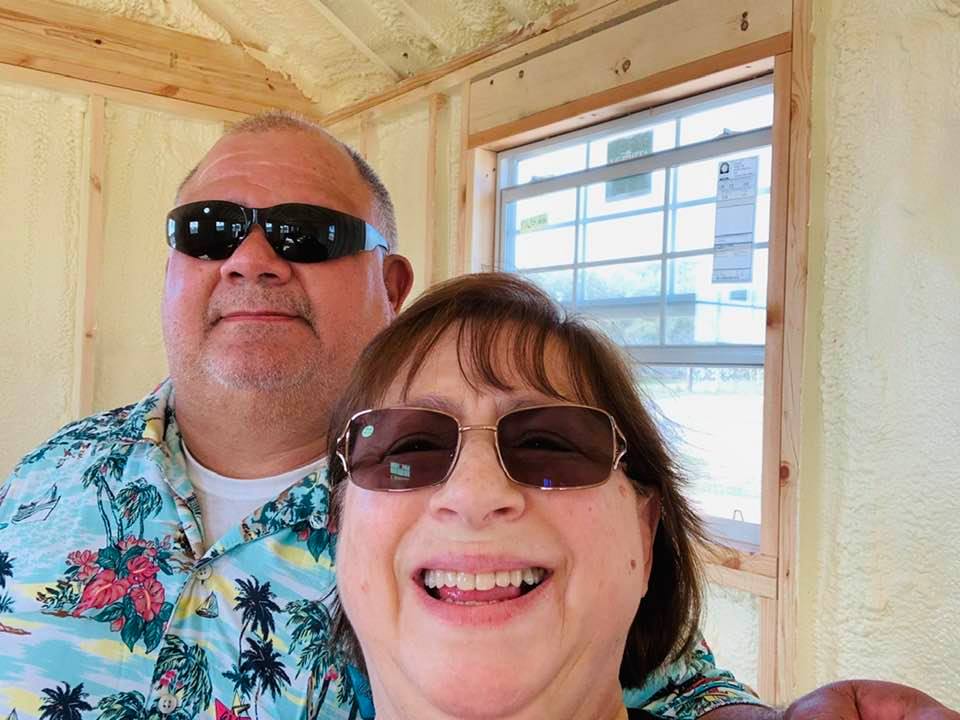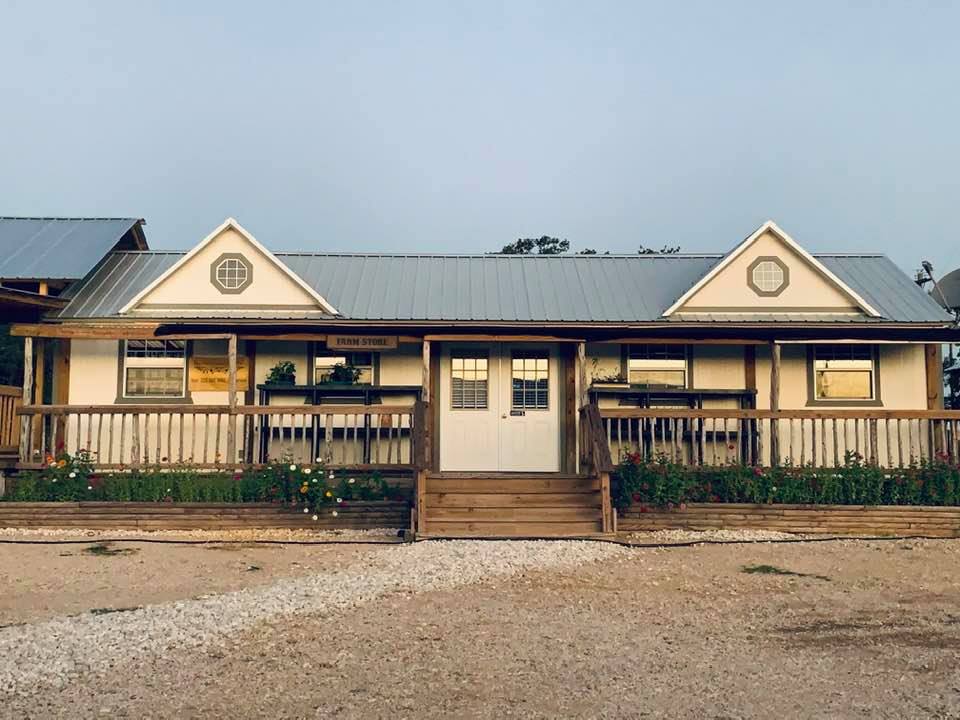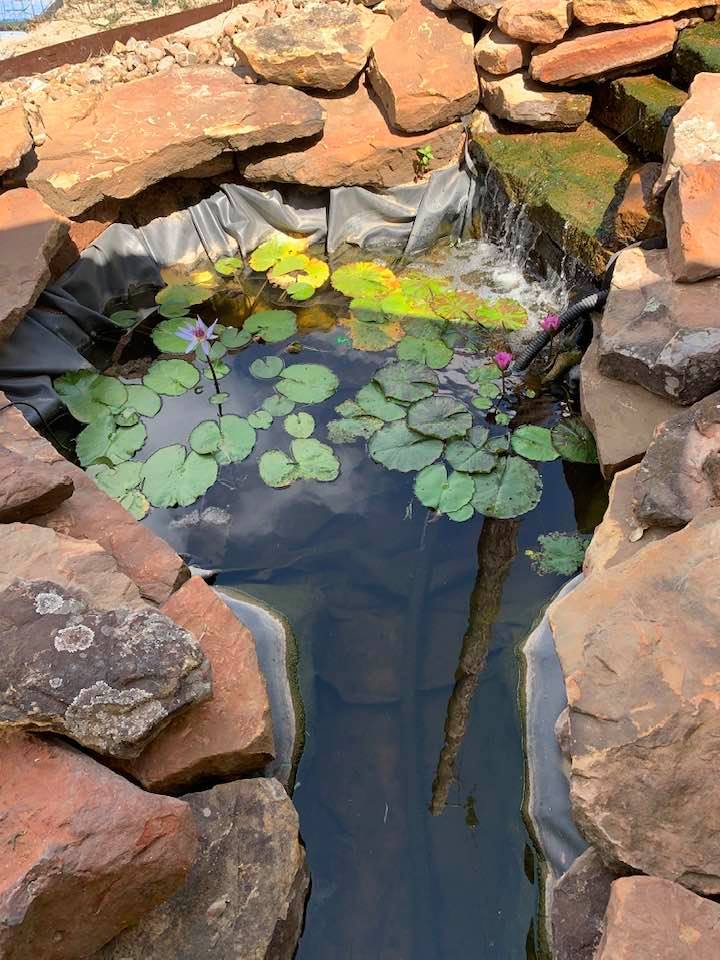Naturalistic Planting
Naturalistic planting mimics nature by using the same plants and designs found in untouched nature, using native plants. Have you ever visited someone's home where the yard looks so natural with all sorts of plants, flowers, and trees that seem to fit perfectly? I have. It takes a lot of planting to mimic nature but when you do, it can look like a fairy tale.
Naturalistic Planting - 8/25-8/31/2025
You've probably walked through a forest or meadow and marveled at how perfectly everything seems to fit together. The way wildflowers peek through tall grasses, how shrubs cluster naturally near trees, and the effortless beauty of it all. That's the magic you can recreate in your own backyard through naturalistic planting, and I'm here to show you exactly how to do it.
Naturalistic planting isn't about creating a wild, untamed mess in your yard. Instead, it's about understanding how nature organizes itself and mimicking those patterns in your garden. When you master this approach, you'll create a space that feels like it's always belonged there, requiring less maintenance while supporting local wildlife and providing year-round beauty.
The best part about this gardening style is that it works with nature instead of against it. You'll spend less time fighting weeds, watering constantly, or replacing plants that can't handle your local climate. Instead, you'll be working alongside the natural systems that have thrived in your area for thousands of years.
Before we dive into the specifics, let me share something that changed my perspective on gardening forever. I used to struggle with a formal garden that demanded constant attention, until I visited a restored prairie that looked absolutely stunning with minimal human intervention. That's when I realized the power of naturalistic planting and decided to transform my own space using these principles.
Throughout this guide, we'll explore seven essential aspects of creating your naturalistic garden. From understanding your local ecosystem to selecting the right plants and maintaining your natural paradise, you'll have everything you need to transform your backyard into a thriving, beautiful space that looks like nature designed it herself.
One of the most common questions I hear is about sourcing plants and seeds for naturalistic gardens. David's Garden Seeds® specializes in providing the native and naturalistic varieties you'll need to create an authentic look. They understand that naturalistic planting requires specific plant types that work well together and support local ecosystems.
The journey we're about to embark on will change how you think about gardening forever. You'll discover that creating beauty doesn't require fighting against nature, but rather learning to dance with it. Let's begin this transformation together.
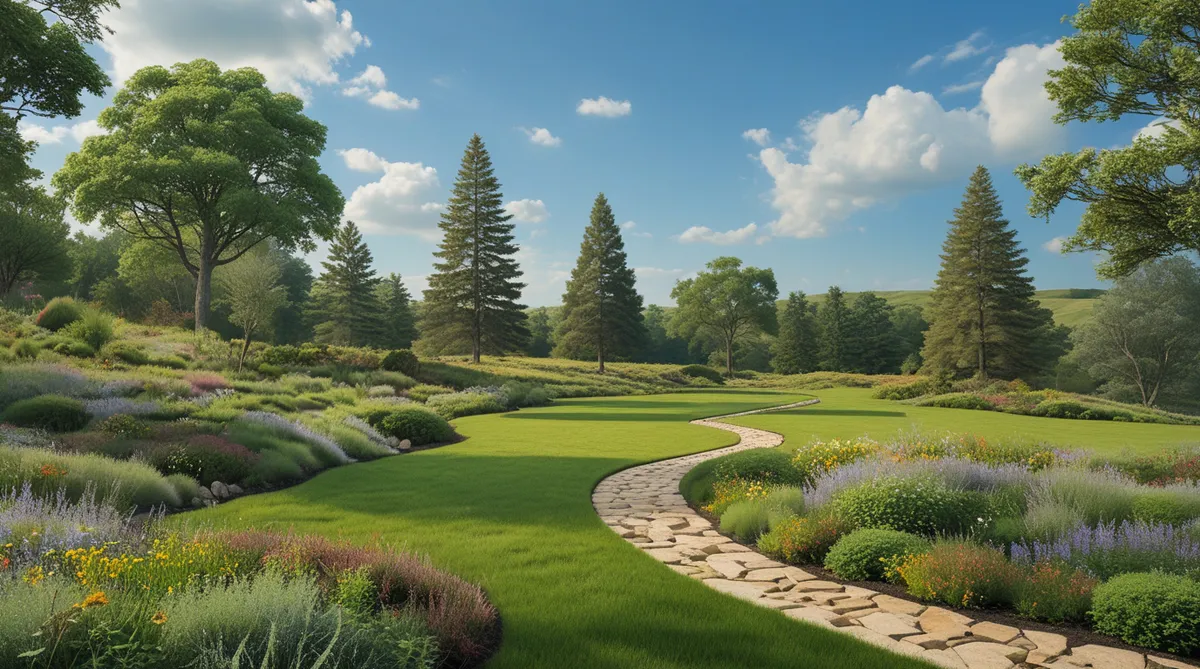 Here is a beautifully planted piece of land with a walkway. The plants all look like they have been there for years. This is naturalistic planting.
Here is a beautifully planted piece of land with a walkway. The plants all look like they have been there for years. This is naturalistic planting.Naturalistic Planting - Understanding Your Local Ecosystem
The foundation of successful naturalistic planting starts with becoming intimately familiar with your local ecosystem. You need to think like a detective, investigating what naturally grows in your area and why certain plant communities thrive together. This isn't just about knowing your hardiness zone, though that's certainly important.
Start by taking walks in nearby natural areas like parks, nature preserves, or even undeveloped lots. Notice which plants grow together naturally. You'll often see patterns emerging – certain grasses paired with specific wildflowers, shrubs clustered in particular ways, and trees creating natural canopies that shelter other plants.
For instance, in our very hot place in southern Texas, cactus plants work much better than tulips. There are a bunch of native Texas wildflowers that grow each spring here, but definitely not the same ones that grow in early spring in New York, Michigan, California, or Colorado where the climate is mild without the blazing sun that we get here. I know because I have lived in all of these states.
Pay attention to the microclimates in these natural spaces. Some areas might be consistently moist (definitely not in Texas!), while others dry out quickly. Some spots receive full sun all day, while others are dappled with shade. These variations create different plant communities, and understanding them will help you recreate similar conditions in your yard.
Your soil tells a story about what will grow well in your space. Natural areas often have soil that's been undisturbed for years, creating rich, complex communities of beneficial microorganisms. You don't need to replicate this exactly, but understanding your soil's pH, drainage, and organic matter content will guide your plant choices. The natural soil on our farm is sand, going down more than 325 feet!
Climate patterns in your area extend beyond just temperature ranges. Consider rainfall patterns, wind exposure, humidity levels, and seasonal variations. Plants that have evolved in your region are perfectly adapted to these conditions, which is why native gardening forms such an important part of naturalistic planting.
Document what you observe during different seasons. Spring ephemeral flowers might carpet the forest floor before trees leaf out, while late-season grasses and seed heads provide winter interest. This seasonal progression will become the backbone of your naturalistic design.
Don't forget to observe the wildlife that these plant communities support. Birds, butterflies, beneficial insects, and other creatures are integral parts of the ecosystem. When you recreate these plant relationships, you'll also be creating habitat for the wildlife that depends on them.
Naturalistic Planting - Designing Natural Plant Communities
Now that you understand your local ecosystem, it's time to design plant communities that mirror nature's own arrangements. Think of this as creating outdoor rooms, each with its own character and purpose, but all flowing together seamlessly like they would in a natural landscape.
Start by identifying the major plant layers you want to include. In most naturalistic designs, you'll have canopy trees, understory trees or large shrubs, smaller shrubs, herbaceous perennials, grasses, and ground covers. Understory means these plants or trees are shorter and are shade tolerant. Not every area needs all these layers, but understanding this structure helps create depth and complexity.
Consider the mature size of everything you're planting. One of the biggest mistakes in naturalistic planting is spacing plants based on their current size rather than their eventual spread. Nature doesn't plant in neat rows with precise spacing, but plants do need room to reach their natural form without constant pruning.
Create drifts and masses rather than planting single specimens scattered throughout the space. In nature, you'll often find large sweeps of the same plant species, especially grasses and wildflowers. These masses create visual impact and better support wildlife than isolated individual plants.
Plan for succession and change over time. Natural plant communities evolve, with some plants serving as pioneers that prepare the way for others. Your garden should be designed to mature and change, becoming more beautiful and established with each passing year.
Think about sight lines and focal points, but keep them subtle and natural-looking. A beautiful specimen tree, a boulder, or a natural depression that collects water can serve as focal points without looking artificially placed. The goal is to guide the eye naturally through the space.
Consider how different areas of your yard might support different plant communities. A slope might be perfect for a prairie-style planting, while a low area could become a rain garden. Areas near your house might feature more refined versions of local plant communities, gradually becoming wilder toward the edges of your property.
Naturalistic Planting - Selecting the Right Plants
Choosing plants for naturalistic planting requires a different mindset than traditional gardening. Instead of shopping for individual specimens that catch your eye, you're selecting members of a plant community that will work together to create a cohesive, natural-looking landscape.
Native plants should form the backbone of your naturalistic garden. These plants have evolved in your specific region and are perfectly adapted to local conditions. They require less water, fertilizer, and pest control than non-native alternatives, and they provide essential resources for local wildlife.
However, naturalistic planting doesn't mean you can only use plants native to your immediate area. You can include plants from similar climates and ecosystems that will blend well with your natives. The key is choosing plants that look and behave naturally together, creating believable plant communities.
When selecting native garden seeds and plants, focus on species that serve multiple functions. Look for plants that provide nectar for pollinators, seeds for birds, shelter for beneficial insects, and visual interest across multiple seasons. This multi-functional approach is exactly how nature operates.
Grasses deserve special attention in naturalistic planting because they often serve as the matrix that holds everything together. Native grasses provide structure, movement, and seasonal interest while creating habitat for countless small creatures. They're also incredibly low-maintenance once established.
Don't overlook the importance of plants that might seem less showy but play crucial ecological roles. Native sedges, for example, might not have flashy flowers, but they're incredibly valuable for wildlife and add subtle texture and movement to your plantings.
Consider the bloom sequence when selecting flowering plants. You want something in bloom from early spring through late fall, just like you'd find in natural plant communities. This extended season of interest supports pollinators and keeps your garden beautiful throughout the growing season.
Naturalistic Planting - Soil Preparation and Planting Techniques
Preparing your soil for naturalistic planting is quite different from preparing a traditional garden bed. Instead of creating uniform, highly amended soil throughout your space, you're trying to create varied conditions that will support different types of plant communities.
Start by removing any existing turf grass in areas where you'll be planting. You can do this through sheet mulching, which involves covering the grass with cardboard and organic matter, or by more traditional methods like sod removal. The key is eliminating competition from aggressive turf grasses.
Resist the urge to heavily amend your soil unless it's severely compacted or contaminated. Many native plants actually prefer lean soils and can struggle in overly rich conditions. Instead, focus on improving soil structure and drainage if needed, and let the plants adapt to existing conditions.
Create microtopography to add interest and provide different growing conditions. Small mounds, depressions, and varied elevations create the kind of natural variation you'd find in wild landscapes. These variations also help with drainage and create different microclimates for plants.
When it comes to planting, think about natural spacing and arrangements. Plants in nature don't grow in perfect rows or geometric patterns. Instead, they form organic clusters and drifts that follow natural contours and growing conditions.
Plant installation timing matters more in naturalistic gardens than in traditional landscapes. Fall planting often works best for native plants because it allows them to establish root systems during the cooler, moister months before facing their first summer in your garden.
Consider direct seeding for some of your plants, especially wildflowers and grasses. This technique more closely mimics how plants establish in nature, and direct-seeded plants often develop stronger, more extensive root systems than transplanted specimens.
Naturalistic Planting - Establishing and Managing Your Natural Garden
The first few years after installation are crucial for the success of your naturalistic planting. During this establishment period, you'll need to provide some care and management to help your plant communities get established, but the goal is to gradually reduce your intervention over time.
Watering during the establishment phase requires a thoughtful approach. While your plants are developing their root systems, they'll need supplemental water, but you don't want to create dependence on irrigation. Water deeply but less frequently to encourage deep root growth.
Weed management in naturalistic gardens focuses on removing aggressive non-native species while allowing beneficial volunteers to establish. Learn to distinguish between desirable native plants that might self-seed in your garden and problematic weeds that could overwhelm your plantings.
Mulching in naturalistic gardens should look natural and support the ecosystem you're creating. Instead of uniform bark mulch, consider using materials like chopped leaves, native plant debris, or locally sourced organic matter that breaks down and feeds the soil.
Resist the urge to clean up too much, especially in fall. Many insects overwinter in plant stems and leaf litter, and birds depend on seed heads for food through winter. Leave most of your cleanup until late winter or early spring, and even then, leave some areas undisturbed.
Monitor your plantings for signs of stress or failure, but remember that some plant loss is natural and expected. In nature, not every seed germinates and not every plant survives to maturity. Focus on overall community health rather than the survival of every individual plant.
As your garden matures, you'll notice natural succession occurring. Some plants may become more dominant while others fade away. This is normal and part of the natural process, though you may need to intervene occasionally to maintain the balance you desire.
Naturalistic Planting - Seasonal Care and Maintenance
Maintaining a naturalistic garden requires understanding and working with natural seasonal rhythms. Your maintenance schedule should align with what's happening in natural plant communities, supporting the garden's ecological functions while keeping it looking its best.
Spring maintenance focuses on gentle cleanup and preparation for the growing season. Remove any winter debris that looks unsightly, but leave plenty of natural material to continue supporting wildlife. This is also the time to do any necessary weeding before aggressive species get established.
Late spring is often the best time for any necessary plant division or relocation. Many native plants benefit from periodic division, and moving plants when they're actively growing helps ensure successful establishment in their new locations.
Summer maintenance in established naturalistic gardens should be minimal. Focus on spot-weeding problematic species and providing water only during extended drought periods. The goal is to let your plant communities function as naturally as possible.
Fall is when naturalistic gardens really shine, with grasses turning golden, seed heads providing texture, and late-blooming flowers adding color. Resist the urge to cut everything back – this is when your garden is providing crucial resources for wildlife preparing for winter.
Winter maintenance involves strategic cleanup that balances aesthetics with ecological function. You might choose to cut back some areas near your house for a tidier appearance while leaving wilder areas completely undisturbed until spring.
Periodic assessment and adjustment are part of long-term maintenance. Every few years, step back and evaluate how your plant communities are developing. You might need to thin some areas, add plants to others, or make adjustments based on how the garden has evolved.
Document changes in your garden through photos and notes. This record will help you understand seasonal patterns, track the success of different plants, and make informed decisions about future management strategies.
Naturalistic Planting - Troubleshooting and Long-term Success
Even the best-planned naturalistic gardens face challenges, and learning to address these issues while maintaining the natural character of your space is an important skill. The key is distinguishing between problems that require intervention and natural processes that should be allowed to continue.
If certain plants aren't thriving, first consider whether they're in the right conditions. Sometimes moving a plant to a more suitable location within your garden is all that's needed. Remember that naturalistic planting is about putting the right plant in the right place.
Dealing with aggressive species, whether they're weeds or overly vigorous garden plants, requires ongoing vigilance. Remove invasive species promptly, and don't be afraid to thin or relocate plants that are overwhelming their neighbors. Balance is key in naturalistic gardens.
Wildlife conflicts can sometimes arise in naturalistic gardens. While supporting wildlife is usually a goal, you might need to protect certain plants during establishment or find ways to coexist with animals that are causing damage. Look for solutions that work with nature rather than against it.
As your garden matures, you'll develop an intuitive understanding of its rhythms and needs. You'll learn to read the subtle signs that indicate when intervention is needed and when it's best to let natural processes continue undisturbed.
The ultimate success of your naturalistic planting will be measured not just in its beauty, but in its ability to function as a thriving ecosystem. When you see birds nesting, butterflies visiting, and beneficial insects making their homes in your garden, you'll know you've created something truly special – a piece of nature that enhances both your property and the broader environment. Remember, naturalistic planting is a journey, not a destination, and each season will bring new discoveries and rewards as your natural garden continues to evolve and mature.
Monday, August 25, 2025
Another miserable night with two neuropathy attacks is now in the books!
Both Saturday and Sunday brought many new seed orders so it will be a very busy week. This morning, Matt and someone that David has coming to work will finish the goat fence. The goats tried their hardest to push all the way around the fence, trying to find a weak spot yesterday. They actually do this every single day so it is important that we get this new, stronger fence up as soon as possible.
The back gate to the orchard is still off to get these other two sheds out of here. We thought we had sold the barn shed yesterday but nothing came of it. With that gate open, if the goats get out they could find their way out, down through the new property which is still open to get the sheds out, and then out onto the open road where they would be flattened by the sand trucks going by 24 hours a day.
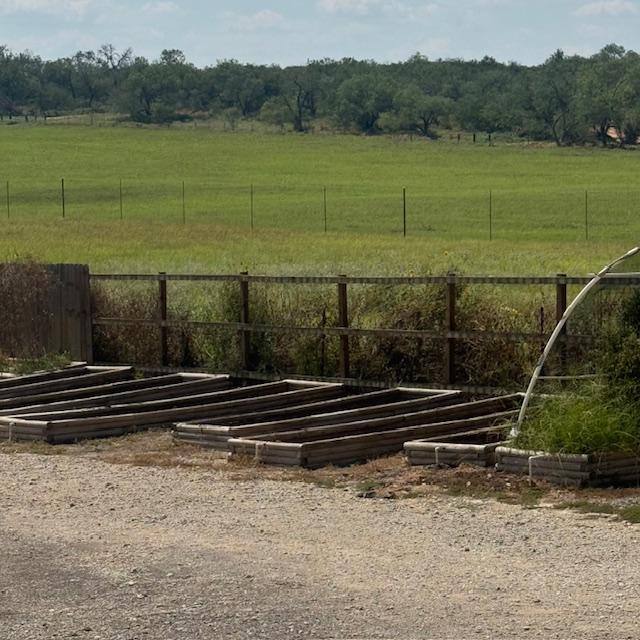 Part of the fence was taken down and all 6 raised beds will need to be removed. Hopefully, the workers will be back tomorrow to finish the job.
Part of the fence was taken down and all 6 raised beds will need to be removed. Hopefully, the workers will be back tomorrow to finish the job.Matt was able to finish the goat fence after the two workers who showed up unrolled it. Actually, there was not enough fencing to go all the way around.
Then the workers began taking the fence down in the front and stripping out the garden beds there. Soon the raised beds there will need to be taken out.
I baked a loaf of sourdough bread right after lunch. While it baked, I took a quick nap on the couch. I felt a lot better after that.
David's doctor called to tell him he has to do fasting blood work all over again because he did not like the result of one of the tests so I had to schedule that again for this week. He sees the doctor next Tuesday.
We had steaks and bacon-wrapped asparagus along with fresh sourdough bread for dinner.
Tuesday, August 26, 2025
It was a strange night but I slept a lot more than I did the past few nights. At one point, I was walking up every three to five minutes or so, thinking it had been hours in between because I was dreaming right away. I feel a lot more rested even though it is still dark out. David says there is a skunk outside now. Fortunately, the dogs were out and back in before all of that started!
Matt mowed the backyard and orchard this morning. We had no workers here so the fences are still standing. Once the wooden fence is down, there is another fence made of barbed wire on the other side of it to come down.
I cleaned out the pond and refilled it this morning. After that, I worked all day on orders and as fast as I could close them, more came in. We had one visitor in the store today.
It might possibly rain this evening according to the weather report. It is currently 89° and 6:30pm. I wish it would pour and cool off by about 30 degrees and stay that way. I am sick of this awful heat. At least right now there is a cool breeze.
It did not rain at all, not one drop...
Wednesday, August 27, 2025
 A well manicured yard that looks more like a park with a grass walking path demonstrates naturalistic gardening.
A well manicured yard that looks more like a park with a grass walking path demonstrates naturalistic gardening.Good morning. I got all of the monthly bills paid this morning for the business and our home.
The entire day was dedicated to pulling and filling orders except for the times when two different customers were shopping in the store.
Matt took down our old Hughes antennas. Someone from San Antonio wants them. He was supposed to come get them today but now he says tomorrow. David tried to sell them but everyone knows how bad the internet with that company is so he is having a hard time giving them away.
We had chicken thighs for dinner along with vegetables and sourdough garlic bread as we watched MasterChef and Gordon Ramsay's Secret Service.
Thursday, August 28, 2025
Good morning. Another hot day is on tap. It already feels very humid out there.
We had all sorts of visitors this morning but not one customer. A man came to get those internet dishes finally. Someone came to do some work in the yard for a few hours. Lots of delivery people today...
It is past 7pm and I am still working in the office. I think I had better go on home now and feed my dogs.
Of course, they killed more of their toys.
Friday, August 29, 2025
I woke up at 4:30am and could not get back to sleep. I finally got up at 6am, shortly before David left to do more blood work. I made dough for a loaf of sourdough, collected a cup of discard for tomorrow's breakfast, and set up a new set of sourdough starter. I loaded the dishwasher, fed the dogs, and put clothes from the washer into the dryer.
David got back and I just finished making breakfast--eggs, sausage, and biscuits as that is what David wanted.
A woman is here mowing or weed eating outside. She arrived before David got back. Apparently she has the gate code. Matt is outside tending to the chickens, goats, and whatever else David has him working on. I finally got dressed and am trying to eat my breakfast. Happy Friday!
The pest control guy came out this morning. Then, while I was in the store pulling orders, two men came in. I thought they were together. One asked me for sunflower seeds. The other went over to David's vacant chair and sat down. I just could not believe it.
What I did not know is that a third man was also in the store over in the first row. All three came in at the same time. Two went left and while my attention was on them because they were going where they shouldn't go now, the other went right. Who knows what he was doing all of that time? I finally went over there to get something and almost bumped into him because I had no clue. He did not want help and did not buy anything but left with the other guy after he checked out.
Finally, the first two men leave and then the old guy in David's chair tells me he is Nacho's father. Nacho has done a lot of woodwork around our farm as well as mowing the property many times. He stopped by because he wanted change for a $20. He lives pretty far from here so I find that interesting. Then he left.
A shed/house? was delivered today in the fenced-in field by us. It will be interesting to see if someone moves into it or if it is just a shed. They dropped it right on the grass, no pad, no bricks. Whenever we had our home and all of our buildings and sheds moved in, we had pads made with some sort of heavy dirt because we have sand here that goes down at least 325 feet.
Another few customers came by, one for five dozen eggs and the other for seeds.
It hit 102° today and it is currently 101° at 6pm. We are still working on orders and seeds. I need to go home and feed the dogs but they have had treats throughout the afternoon.
Saturday, August 30, 2025
It's another hot Saturday morning and I have to go out there and feed everyone. I do not want to. Then I get to go to work. Fun times!
 Trump stands proud after killing the bag of Splenda. I bet he had help dragging it down the kitchen floor to the den...
Trump stands proud after killing the bag of Splenda. I bet he had help dragging it down the kitchen floor to the den...I came to the house to get lunch and I found a mess that extended from the living room starting with a torn open brand new bag of Splenda all the way down the kitchen floor to the den. The dogs moved the gate on the den and made themselves at home. I am sure Trump was the lead dog on this fun.
We did not have one customer today. I shipped out a lot of orders.
After we closed at 2pm, we went to Walmart to pick up some medicines and to get some groceries.
Then I made a peach cake from scratch as well as scratch scalloped potatoes, corn on the cob, and sourdough garlic toast. Matt is grilling some steaks.
Sunday, August 31, 2025
It's Sunday again. This week just flew by. It is supposed to be 96° today and only 90° tomorrow, still miserably hot and humid. We have a slight chance for rain tomorrow so maybe we will get some.
It's time to go out and feed all of the animals. Then I plan to make a potato and egg scramble for breakfast.
We went to church, came home, and ate leftovers. I went in the pool, mainly to clean it again. The person doing our lawn weed eats everything down to the dirt so there was all kinds of dirt and grass, along with bugs in it. That was ridiculous.
Anyway, I was in there for a while and all of these dark clouds kept coming in. Soon the wind picked up. I decided to get changed and go put all of the animals away. After I changed and fed the kitten, the clouds were gone and it was hot again. Alexa said it would rain at 6pm and that was in less than 30 minutes. I ran out back and got everyone situated but sweat was pouring down my face because the wind went away.
My son, who lives in Devine, texted and asked if we were getting rain. I told him what I went through. Sure enough, he is getting rain.
Now it is 7:20pm and we have more dark clouds. Will it rain or will the clouds move on over to Devine? Alexa says we are not getting any. The Weather Channel says it will rain at 7:45pm.
It is now 7:39pm and the rain has started!
Return from Naturalistic Planting to Year Seven On The Farm
Anything To Share On This Topic?
Would you like to share additional information about this topic with all of us?
Since 2009, over 2,000,000 home gardeners, all across the USA, have relied on David's Garden Seeds® to grow beautiful, productive gardens. Trust is at the heart of it. Our customers know David's Garden Seeds® stocks only the highest quality seeds available. Our mission is to become your lifetime supplier of quality seeds. It isn't just to serve you once; we want to earn your trust as the primary supplier of all of your garden seeds.
Watch Our 2022 TV Commercial!
Sing Along To Our Jingle
♪♫♪♪ ♫ ♪ ♫♪♫♫
♪♫♪♪♫♫
Peppers and peas
And lots of yummy greens
You can't go wrong
With Squash This Long
At David's Garden Seeds
♪ ♫ ♪ ♫
Our New 2024 TV Ad
Please like and subscribe on YouTube and come visit us at our Farm Store! The music on our TV ad was written, played, and sung by our son, Matthew Schulze. You can meet him when you come to the farm. He just might give you a tour. Ask him to grab a guitar and sing our jingle that he wrote.

We are David's Garden Seeds®. If you need great seeds, we've got over 1,200 varieties to choose from.
Your second block of text...
Subscribe To Mrs. David's Garden Seeds® Newsletter For FREE!
Find out what is going on down on the farm by reading our blog and by subscribing to our free newsletter for all of the information going down at David's Garden Seeds® and on the farm. I love to share helpful information with you. Please let your friends know and y'all come on down for a visit when you get the chance. We would love to meet you!

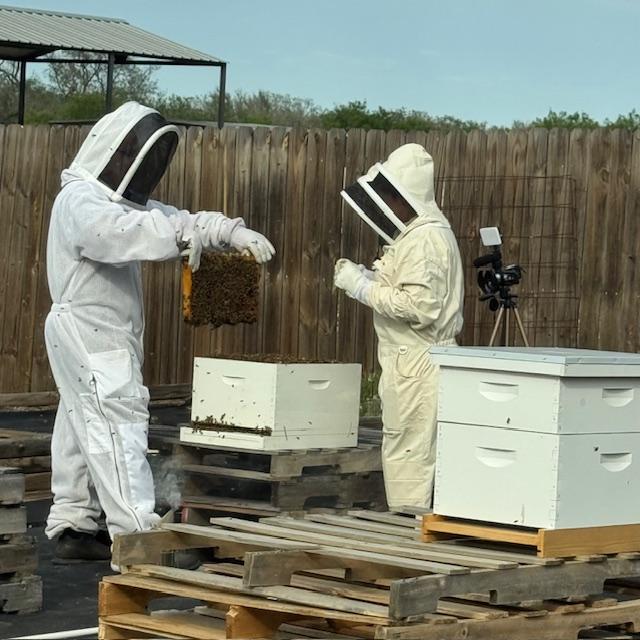 Our bee hives
Our bee hives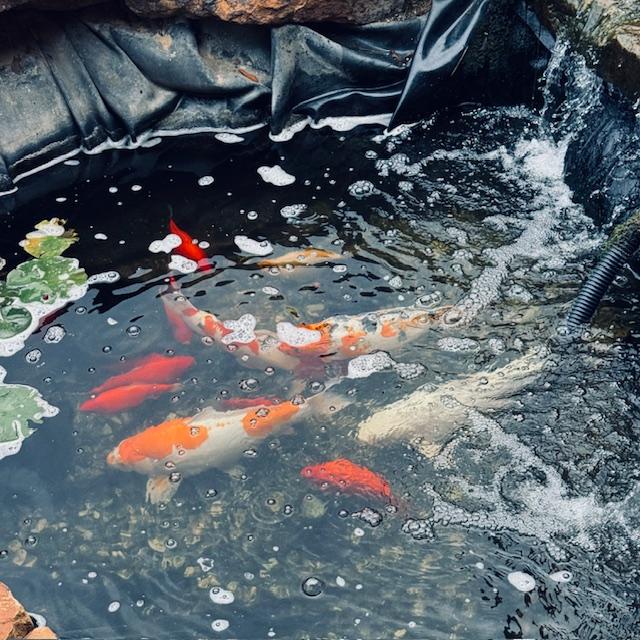 Our fish pond
Our fish pond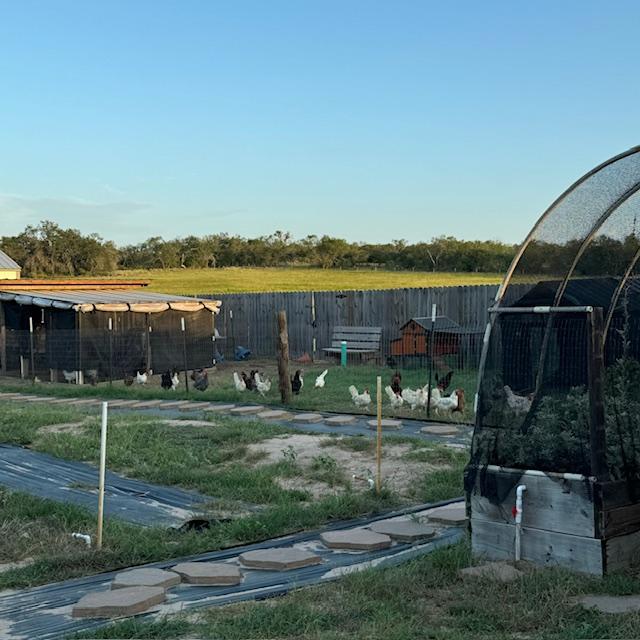 Our chickens
Our chickens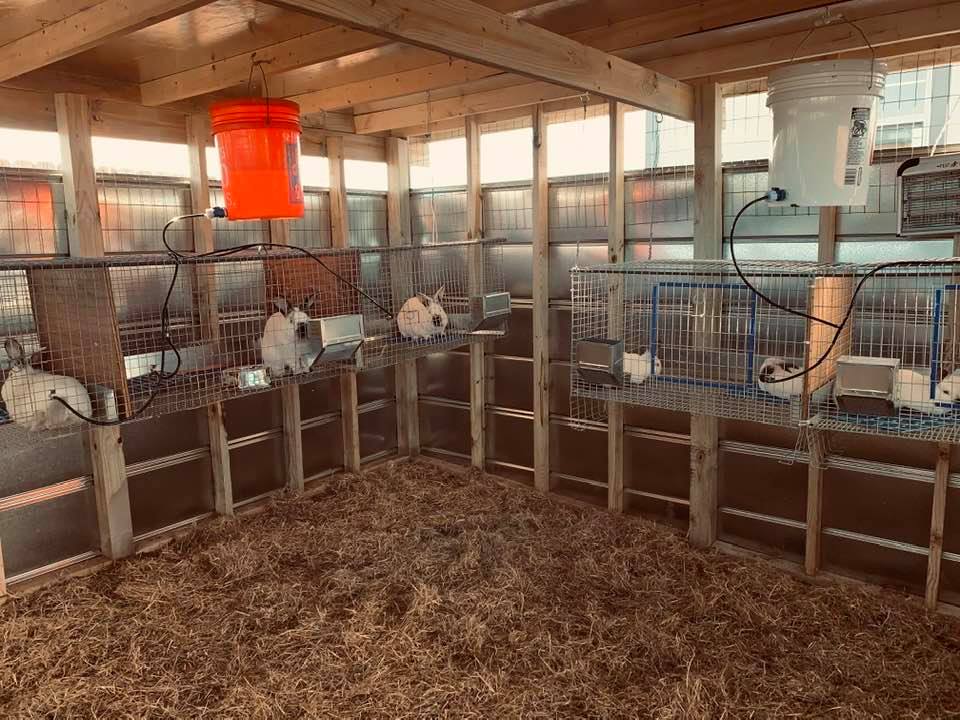 Our bunny rabbits
Our bunny rabbits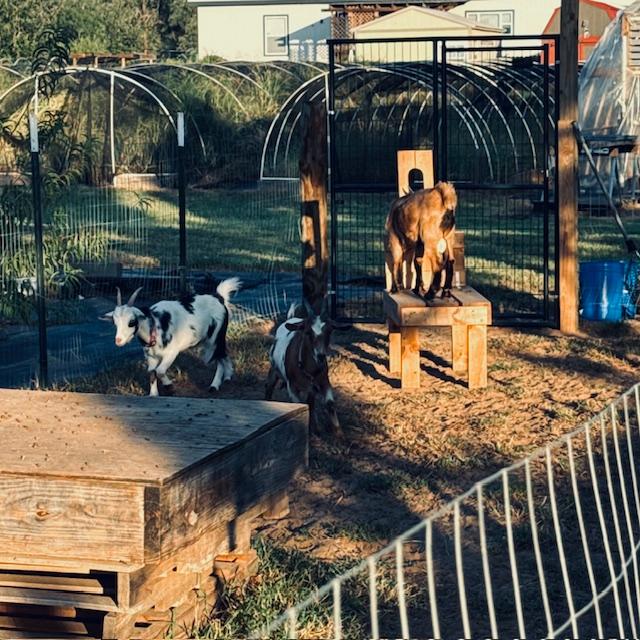 Our Nigerian Dwarf goats
Our Nigerian Dwarf goats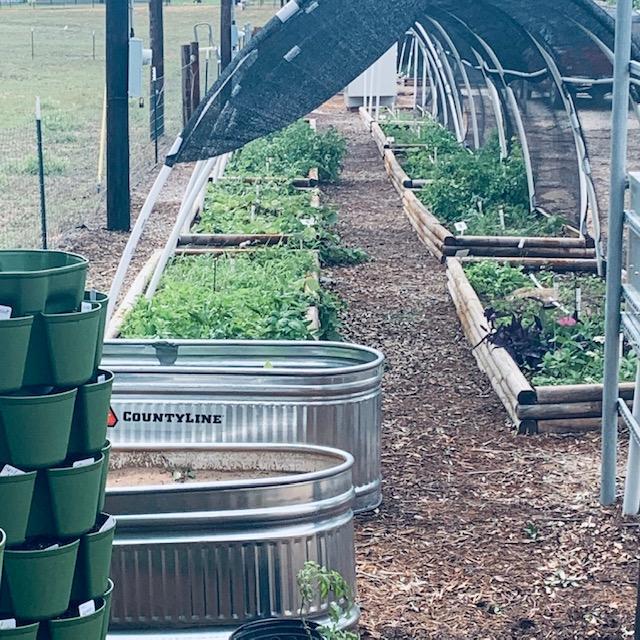 A few of our raised garden beds
A few of our raised garden beds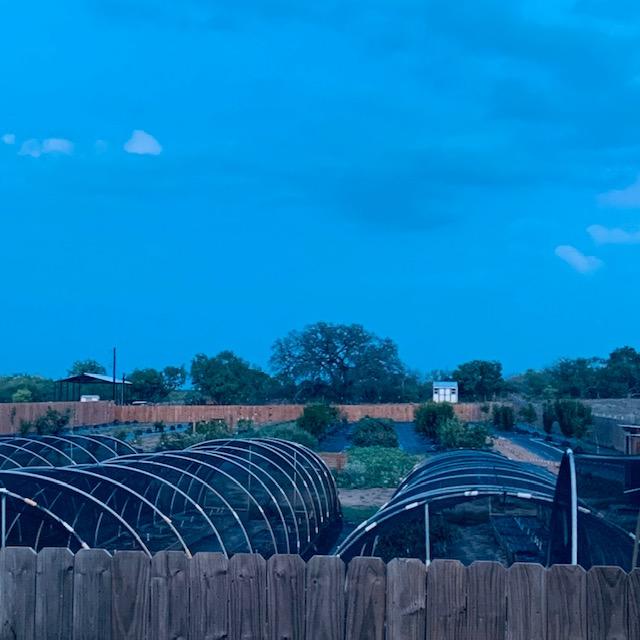 Our orchard and hoop houses
Our orchard and hoop houses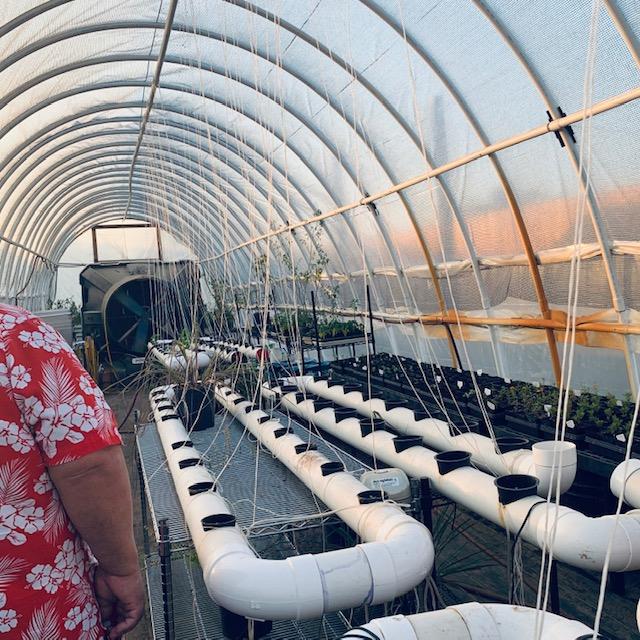 Inside our high tunnel
Inside our high tunnel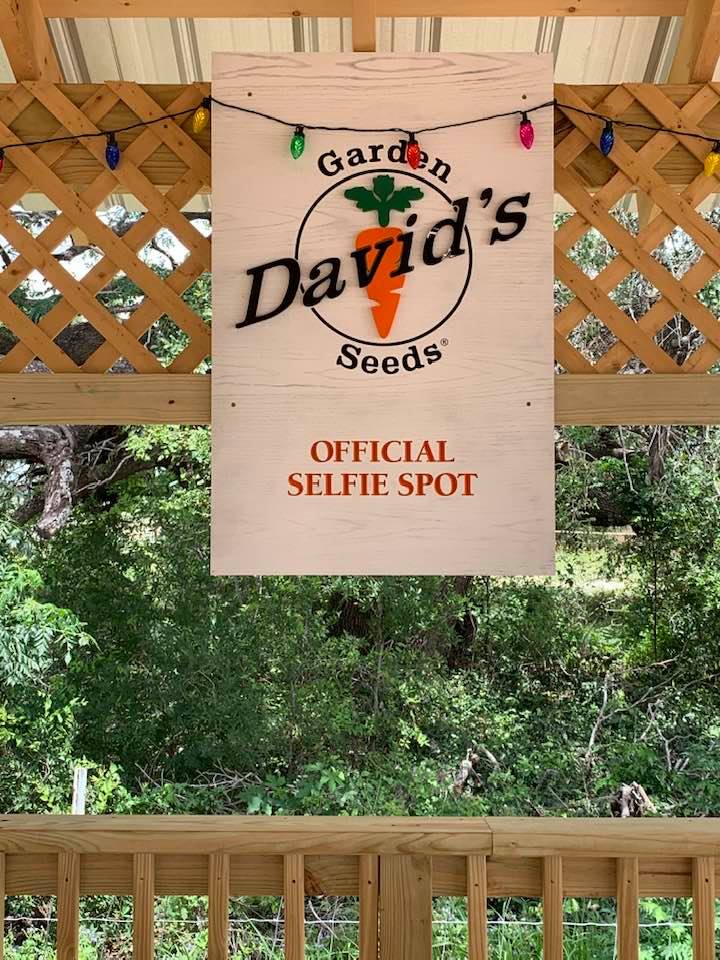 Take a selfie at our official selfie spot!
Take a selfie at our official selfie spot!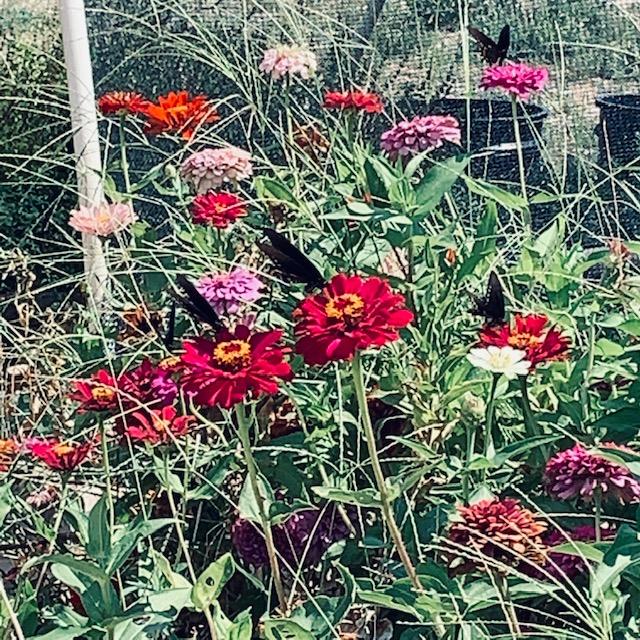 Flowers, bees, and butterflies are everywhere!
Flowers, bees, and butterflies are everywhere!

